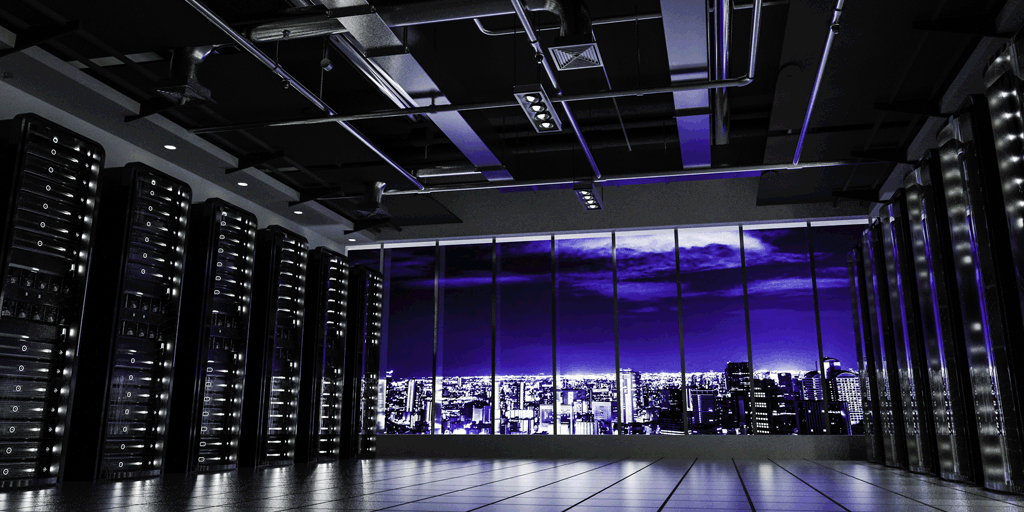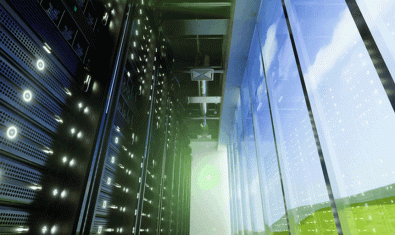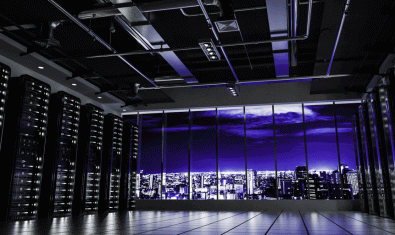How 2019’s Data Centre Trends will Affect your IT Asset Disposition Strategy

As we come to the end of the first quarter of 2019, we take a look at what data centre trends are in store for the rest of the year and how they will affect your IT Asset Disposition Strategy (ITAD).
As you well know, there are few technologies as fast moving as those that power our IT assets. From phones to PCs, from laptops to smart devices, the pressure on businesses to compete by having the latest tools of the trade is ongoing.
Increasingly, our devices are pulling live data which is putting huge pressure on the traditional data centre. Where towns were once rated on their road infrastructure or their electricity supply, the ‘quality’ of data as supplied by data centers is now a major concern for companies.
Furthermore, not all data is delivered equally. Some data such as records and documents can sit on low-performance servers, whereas GPS, video streaming and devices using Artificial Intelligence (AI) – such as voice recognition – require fast access to data.





